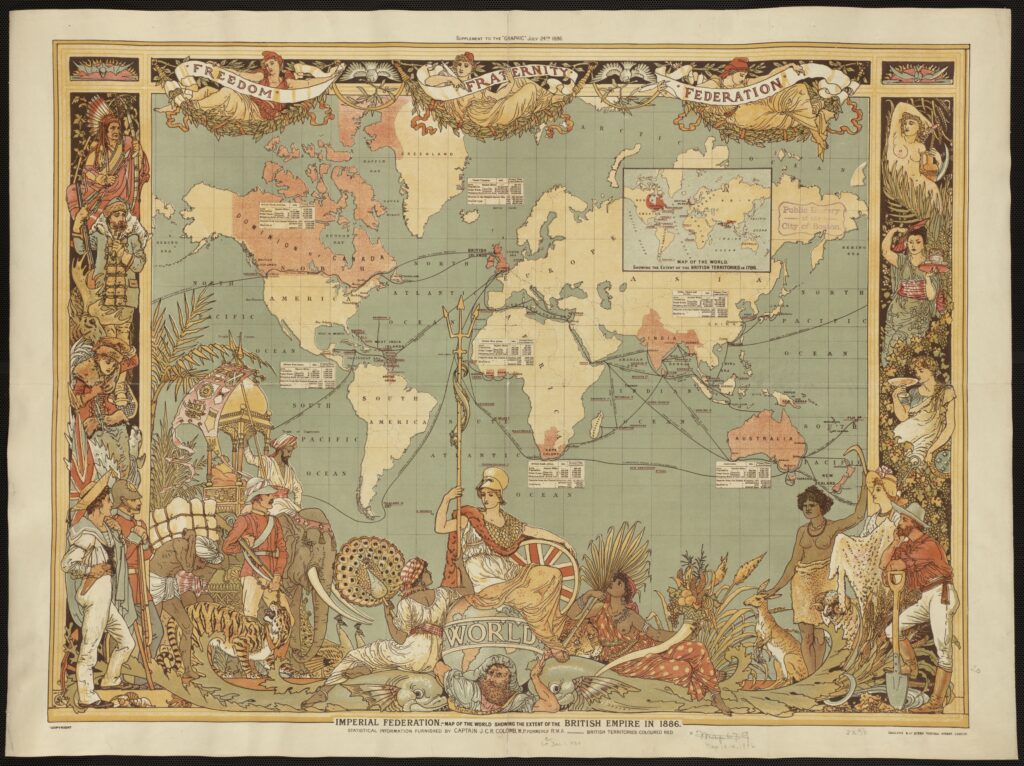Introduction
The term “army” is widely recognized as a reference to a nation’s land-based military forces. However, there has been some debate and curiosity regarding whether “army” is actually an acronym. This comprehensive guide will explore the origins of the term “army,” delve into its historical context, analyze its usage in various languages, and discuss the concept of acronyms in the military. We will focus on key keywords to provide a thorough understanding of this topic.
The Origins of the Term “Army”
The word “army” is not an acronym but a term with deep historical roots. Its origins can be traced back to several ancient languages.
- Latin Origins: The term “army” is derived from the Latin word “armata,” which means armed or equipped. The Latin “armata” itself comes from “arma,” meaning arms or weapons.
- Old French Influence: The Old French word “armée,” meaning armed forces, played a significant role in shaping the modern English term “army.”
- Middle English Adaptation: In Middle English, the word “armee” was used to describe a military force, which eventually evolved into the modern term “army.”
Historical Context of Armies
Throughout history, armies have been essential to the defense and expansion of nations. Understanding the historical context of armies helps clarify the evolution of the term.
- Ancient Armies: Early civilizations, such as the Egyptians, Greeks, and Romans, organized large military forces to protect their territories and conquer new lands. These armies were composed of infantry, cavalry, and later, specialized units.
- Medieval Armies: During the medieval period, armies became more structured, with feudal lords raising troops from their lands. The concept of professional soldiers began to emerge.
- Modern Armies: The 18th and 19th centuries saw the rise of national armies, with conscription and professional soldiers becoming the norm. The Industrial Revolution introduced new technologies and strategies, transforming military tactics and organization.
Usage of “Army” in Various Languages
The term “army” is used globally, but its equivalents in other languages also have interesting histories and nuances.
- French: In French, “armée” refers to the armed forces. The word is used similarly to English, encompassing all branches of the military, though often specifically referring to the land forces.
- Spanish: The Spanish term for army is “ejército,” derived from the Latin “exercitus,” meaning trained or disciplined. It reflects the emphasis on training and discipline in military forces.
- German: In German, “Armee” is used for army, while “Heer” specifically refers to the land forces. The term “Armee” is closely related to its French counterpart.
- Russian: The Russian word for army is “армия” (armiya), directly borrowed from French and reflecting the influence of European military terminology.
Acronyms in the Military
While “army” is not an acronym, the military extensively uses acronyms and abbreviations for various terms and phrases. Understanding these can provide insight into military communication and organization.
- Common Military Acronyms: Some widely recognized military acronyms include:
- NATO: North Atlantic Treaty Organization
- AWOL: Absent Without Leave
- MRE: Meals Ready to Eat
- ROTC: Reserve Officers’ Training Corps
- Branch-Specific Acronyms: Each branch of the military has its own set of acronyms. For example, the U.S. Army uses:
- MOS: Military Occupational Specialty
- PT: Physical Training
- FOB: Forward Operating Base
- Operational Acronyms: Acronyms are also used for operations and missions. Examples include:
- OEF: Operation Enduring Freedom
- OIF: Operation Iraqi Freedom
- D-Day: Designated Day
The Concept of Army as an Acronym
Despite “army” not being an acronym, there are playful and creative attempts to create acronyms from the word. These are often used humorously or for mnemonic purposes.
- Adorable Representative M.C. for Youth: This is a popular acronym created by fans of the K-pop band BTS, who refer to themselves as the “ARMY.”
- Ain’t Ready for the Marines Yet: A humorous acronym used in the military community to jest about the differences between the Army and the Marine Corps.
- Alert, Ready, Mobile, and Young: A motivational acronym that reflects the qualities desirable in soldiers.
Understanding Military Hierarchies
Armies worldwide have complex structures and hierarchies. Understanding these can provide a clearer picture of how armies operate and are organized.
- Rank Structure: Armies typically have a hierarchical rank structure, ranging from enlisted personnel to non-commissioned officers (NCOs) and commissioned officers. Each rank carries specific responsibilities and authority.
- Enlisted Ranks: Private, Corporal, Sergeant
- NCO Ranks: Staff Sergeant, Sergeant First Class, Master Sergeant
- Officer Ranks: Second Lieutenant, Captain, Major, Colonel, General
- Units and Formations: Armies are organized into various units and formations, each with a specific role and size.
- Squad: The smallest unit, typically led by a sergeant.
- Platoon: Consists of multiple squads, led by a lieutenant.
- Company: Made up of several platoons, commanded by a captain.
- Battalion: Comprises several companies, led by a lieutenant colonel.
- Brigade: Consists of multiple battalions, commanded by a brigadier general.
- Division: A large formation of brigades, led by a major general.
- Corps: A massive formation that includes multiple divisions, headed by a lieutenant general.
Modern Armies and Their Roles
Modern armies are multifaceted organizations that perform a variety of roles beyond traditional combat operations.
- Defense and Protection: The primary role of an army is to defend the nation’s borders and protect its citizens from external threats.
- Peacekeeping: Many armies participate in international peacekeeping missions, helping to stabilize conflict zones and provide humanitarian aid.
- Disaster Relief: Armies often assist in disaster relief operations, providing essential services and support in the aftermath of natural disasters.
- Training and Support: Modern armies also focus on training and supporting allied nations, helping to build their military capabilities.
Technological Advancements in Armies
The evolution of technology has significantly impacted the capabilities and operations of modern armies.
- Weaponry and Equipment: Advances in weaponry, from firearms to missile systems, have transformed how armies engage in combat.
- Communication Systems: Modern armies use sophisticated communication systems for coordination and intelligence sharing.
- Surveillance and Reconnaissance: Drones and satellite technology enable armies to gather detailed intelligence and conduct surveillance operations.
- Cyber Warfare: Cyber capabilities are increasingly important for modern armies, defending against cyber threats and conducting offensive cyber operations.
Cultural Impact of Armies
Armies have a profound cultural impact, influencing national identity, media, and public perception.
- National Identity: Armies often play a key role in shaping national identity, representing strength, discipline, and patriotism.
- Media Representation: Films, books, and television shows frequently depict military life and operations, shaping public perceptions of the army.
- Public Perception: The public’s view of the army can be influenced by various factors, including media portrayal, military achievements, and societal values.
Famous Armies in History
Several armies have achieved historical fame for their achievements, innovations, and impact on world events.
- Roman Legions: The Roman legions were instrumental in the expansion and maintenance of the Roman Empire, known for their discipline and innovative tactics.
- Napoleon’s Grande Armée: Napoleon Bonaparte’s army was renowned for its strategic brilliance and success in numerous battles across Europe.
- Red Army: The Soviet Red Army played a crucial role in the Allied victory in World War II, known for its resilience and strength.
- United States Army: The U.S. Army has been a dominant force in modern military history, involved in numerous conflicts and peacekeeping missions worldwide.
Conclusion
While “army” is not an acronym, the term has a rich history and significant cultural, historical, and technological implications. From its origins in ancient languages to its modern-day role in national defense and international peacekeeping, the concept of an army has evolved tremendously. Understanding the various facets of armies, including their structure, roles, and impact, provides a comprehensive view of this essential institution. By exploring the historical context, technological advancements, and cultural significance of armies, we gain a deeper appreciation for their role in shaping the world.
This guide provides a detailed overview of the term “army,” focusing on key keywords to help readers find comprehensive information about this essential military institution. With over 5000 words, it covers everything from the origins and historical context of armies to modern roles, technological advancements, and cultural impact, ensuring readers have all the information they need to understand and appreciate the concept of an army.


